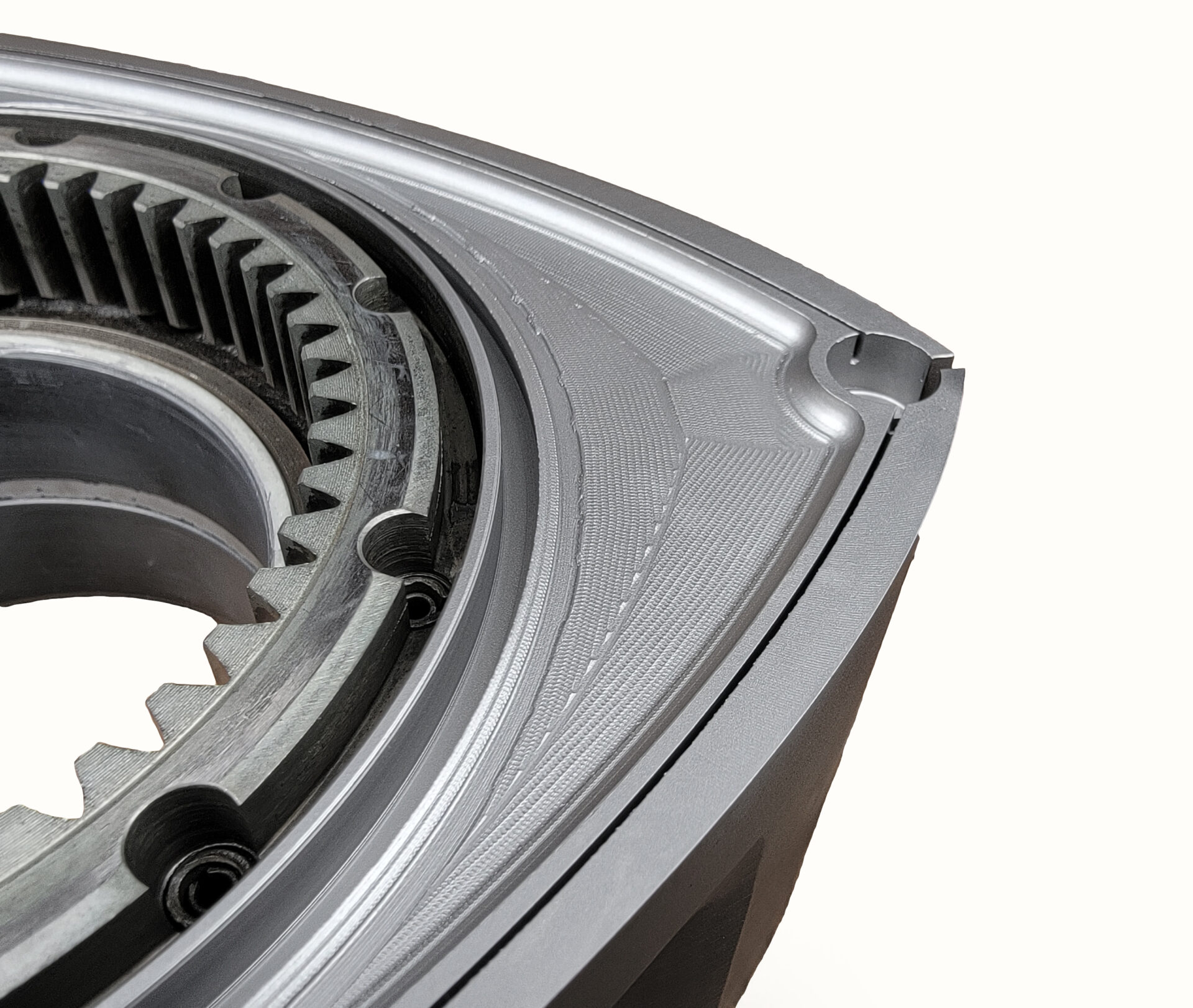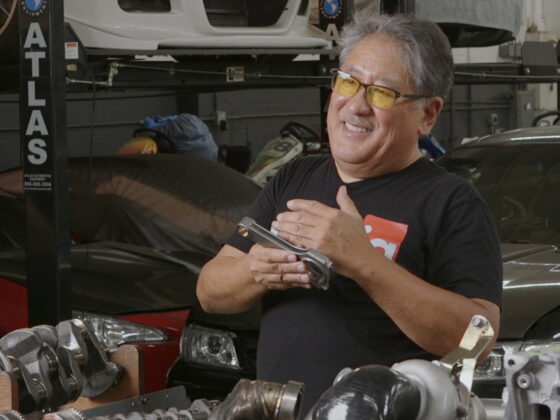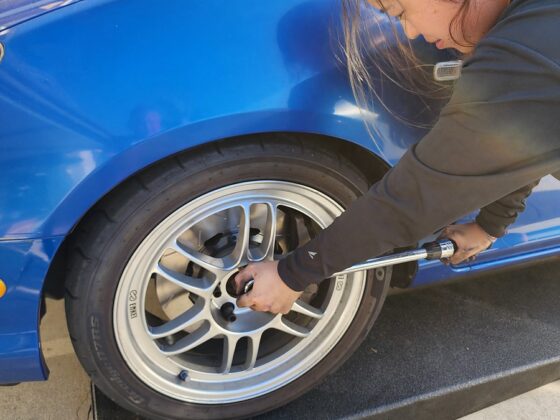 Cryogenic History
Cryogenic History
The process of cryogenically freezing components to improve material properties and strength was used in the US and Europe in the early 1900s by companies such as Pierce Arrow automobiles. After World War II, NASA implemented this process (and continues to use it today) to enhance and improve the reliability for everything that went into space in order to the survive the rigors of temperature changes in space. One of the best crank shaft manufacturers in the world, Bryant Racing, uses CTP Cryogenics to treat all of their world-class crank shafts, including all of the Chevrolet crank shafts racing in NASCAR.
Cryogenic Process Benefits
The cryogenic process is a complement to heat treatment, sort of a finishing touch. It equalizes the hardness of the materials by forming fine grain structures in the metal which greatly reduces the internal stresses that are inherently present from the production process of all metals, as well as the stresses caused by machining components. This improves strength, hardness, and durability of the treated metal which greatly improves all aspects of performance of a part.
In many steel alloys one thing that heat treaters are constantly trying to achieve is a complete conversion of austenite (a smaller more brittle grain structure) to Martensite (A larger much stronger grain structure). Nothing has shown to convert austenite to Martensite more completely than Deep Cryogenic processing. Prestigious universities and even NASA labs have shown that to be the case.
 Jack Roush cryogenically treats every component when his Roush Aviation company rebuilds Rolls Royce Merlin / Packard V-1650 Engines.
Jack Roush cryogenically treats every component when his Roush Aviation company rebuilds Rolls Royce Merlin / Packard V-1650 Engines.
 For the rotors of our 13B engine, equalizing the hardness of a reciprocating part with CTP Cryogenics will strengthen the rotor face against detonation inherently get more balance and reduce vibrational harmonics.
For the rotors of our 13B engine, equalizing the hardness of a reciprocating part with CTP Cryogenics will strengthen the rotor face against detonation inherently get more balance and reduce vibrational harmonics.
 We also sent our e-shaft off to be cryogenically treated to improve its metallurgy. The stock e-shaft is not heat treated by Mazda, but rather is only surface hardened. Because of this, heat treating (or Cryo treating) metal that has not been previously heat treated, can cause dimensional changes vs Cryo treating a higher quality, heat treated metal.
We also sent our e-shaft off to be cryogenically treated to improve its metallurgy. The stock e-shaft is not heat treated by Mazda, but rather is only surface hardened. Because of this, heat treating (or Cryo treating) metal that has not been previously heat treated, can cause dimensional changes vs Cryo treating a higher quality, heat treated metal.
It is important to measure the dimensions of the e-shaft main and rotor bearings prior to being Cryo treated to verify there are no dimensional changes after the process. The rotor bearing journals should measure between 2.9120″ to 2.9124″ while the main bearing journals are actually ‘stepped’, with an inner (closest to the rotor journals) and outer diameter. The larger inner journal should be 1.6915-1.6925″ while the smaller outer journal should be 1.6902-1.6907″
 WPC Treatment gives metal a very distinctive matte finish. WPC is not a coating, but rather a metal surface treatment that bombards metal with a special media at high velocities that leaves a hard, micro dimpled surface in a similar fundamental process that shot-peening does.
WPC Treatment gives metal a very distinctive matte finish. WPC is not a coating, but rather a metal surface treatment that bombards metal with a special media at high velocities that leaves a hard, micro dimpled surface in a similar fundamental process that shot-peening does.
At MotoIQ, we use WPC Treatment a lot in our engine and transmission builds and I have personally won a lot of races in part because of WPC Treatment. You can read more about the process here, but essentially WPC improves the surface hardness, reduces friction, and increases durability of parts. All of this results in more horsepower, better performance and increased reliability to your investment whether it’s an engine or transmission.
For a rotary engine, heat management is one of the biggest challenges that affects reliability and power. Reducing friction and heat with WPC Treated surfaces will make a big difference in our engines power potential and reliability. WPC has been used successfully on the rotary engines of FD RX7’s that raced in the GT300 class of Super-GT in Japan as well as rotary drag race, road race, and drift cars in the USA.




20 comments
I wonder what Rob Dahm would make it this!
He’s up to date and actually helped originally set up the ECU for this build: https://www.youtube.com/watch?v=2HLwZudQRHk
Sweet!
Was figuring out where this was in the timeline.
The video with Rob was around Part 9, then a standalone ECU was put in the car with a datalogger to get some baseline data on a relatively stock engine. Unfortunately the heater hose that was used as a fuel line by the shop who installed this engine was loose and caught the engine on fire. So between Part 11 and Part 12 is over a year of work upgrading the suspension and drivetrain that will be rolled out here shortly.
Billy, this series is amazing! I keep looking at importing a later JDM model RX7 and part of that research is reading this FD series over and over again. I am scared at the bill for buying and building a rotary, but this series will show everyone how to do it right!
Thanks for the feedback! Just do some safety and reliability-related modifications and enjoy the car! We will be doing articles on those items like the fuel and cooling systems which are crucial for rotaries – also to prevent fires like what happened to my car.
has anyone explored porting/smoothing the casting inside the rotor face (see the very last image)
That would make no difference in anything. except for possibly reducing heat transfer out of the rotor which is not good.
I believe Racing Beat went a step further and removed material and weight from inside the rotor. FWIW, Mazdatrix does not do this and removes weight from the outer side face of the rotor like most shops do. I’m sure removing material from inside the rotor has its merits/advantages; possibly driven by rulebooks in racing.
Great post! But…It’s Rotating Mass, not Reciprocating Mass.
It is a complex mix of both!
Would it be worth it to cryo/WPC treat the side housings?
I think so.
We will be covering that in an upcoming article. In short: YES
Wait, are you going to do a balancing after the machining ? Pretty sure it’s off now.
The rotor were balance from factory.
That is explained in the story!
Following from Japan.
Its great to see a serious build where the focus is on building a highly efficient rx7. I wish we had WPC in NZ… im taking my rotary parts to Japan to get them done.
Thank you Mike and Billy.
This is about as efficient as a rotary can get, it’s an engine with a very high VE but low TE.
Hi, just confused at the completed rotor after CTP cryogenics and the WPC treatment.
The photo does not show any balancing machine work, that is usually done to the rotor faces.
The rotors were lightened and matched in weight to each other to the gram. This lightening removed the factory balancing machine work, which is discussed on page 1. The e-shaft is then balanced to the weight of the rotors. After the e-shaft is balanced to the rotors, the e-shaft and rotors were cryo and WPC treated, so there was no machine work after WPC treatment.